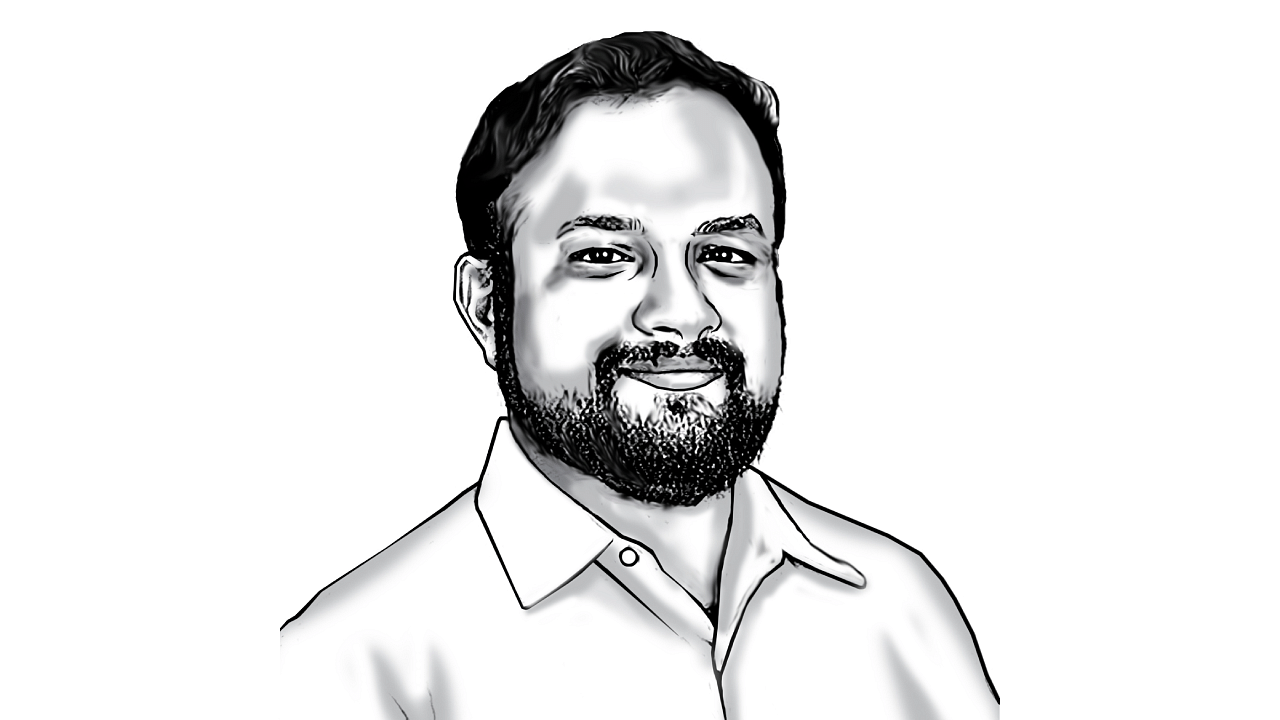
Alok Prasanna Kumar Co-founder, Vidhi Centre for Legal Policy, uses his legal training to make the case that Harry Potter is science fiction and Star Wars is fantasy. Facebook@ Alok.P.Kumar
Credit: DH Illustration
‘Simultaneous elections’ is once again in national discourse. Keeping aside the positions of political parties, I’ll only look at whether it is a workable idea. I’ll assume that the concerns relating to elections in India -- cost, administrative difficulties and governance being stalled -- are all valid and need to be addressed in some way. The question is, are simultaneous elections the only or even the best way to address them? To answer this, let’s look at how the Westminster system of parliamentary democracy works in a federal country.
In this system, the Prime Minister (or Chief Minister) and the Cabinet are not directly elected but chosen by the directly elected Members of Parliament. They keep their posts only so long as the majority of MPs support them. This is very different from the United States’ system of government where both the President and the legislature are separately voted into power directly by the people. Here, the President stays in power for the full term whether or not the legislature supports them.
Both systems have their pluses and minuses, and the way they ensure accountability of the Executive to the electorate is different. In the Westminster form of government, where accountability is to the legislature, if a PM were to lose the support of a majority of the legislature, s/he would have to resign. In the US system, even if a majority of the legislators don’t support him/her, the President doesn’t need to resign, unless impeached after a trial. Even if a President is removed, the legislature completes its term whereas in the Westminster system, if no one can be elected PM, the legislature is dissolved, and fresh elections are called. This is why it’s easier to have simultaneous elections in US style systems than in Westminster systems.
Losing support in the legislature in the Westminster system ranges from a coalition breaking to a vote of no-confidence passing to the rare but possible failure to pass a budget. A PM cannot continue in office in such a situation and governance grinds to a halt, necessitating fresh elections. In addition, because India is a federal country, the imposition of President’s Rule on a state also mean fresh elections are needed at the state level.
This is where the proposal for simultaneous elections in a federal Westminster system fails -- a state or the Union government could fall for any of the above reasons and the cycle of simultaneous elections would be broken. This is not speculation but what in fact happened in the 1960s.
The very first elections post-Independence, in 1952, were in fact “simultaneous elections”. However, because of the reorganisation of states between general elections, more and more state elections started to be held between general election years. Even for those states whose elections were initially simultaneous with the Lok Sabha elections, the cycle was broken in 1960. Fresh elections had to be held in Kerala after the Communist Party government was dismissed by the President on “law and order” grounds. After that, for one or the other reason, several state and Union governments did not complete their full terms, resulting in the present situation.
But is that necessarily a bad thing or a uniquely Indian problem?
Non-simultaneous federal and state elections are a feature in other federal countries which follow the Westminster system, namely Canada, Australia, and closer home, Pakistan. Elections have become non-simultaneous there, too, because of the very nature of the system.
While the Law Commission, in a consultation paper in 2018, proposed some constitutional amendments which it believed could ensure simultaneous elections, these are unlikely to help. On the contrary, some of the suggestions will only lead to more elections, defeating the “cost” and “governance paralysis” arguments.
The Law Commission is once again working to find ways to make simultaneous elections happen, and so is a committee headed by former President Ramnath Kovind. Unless there is a move to ditch the entire Westminster system and federal structure of India’s Constitution, simultaneous elections are unlikely to last beyond one cycle. Is it necessary then to carry out all the amendments and disrupt state governments to effect a change that would last more than five years? One would think not.